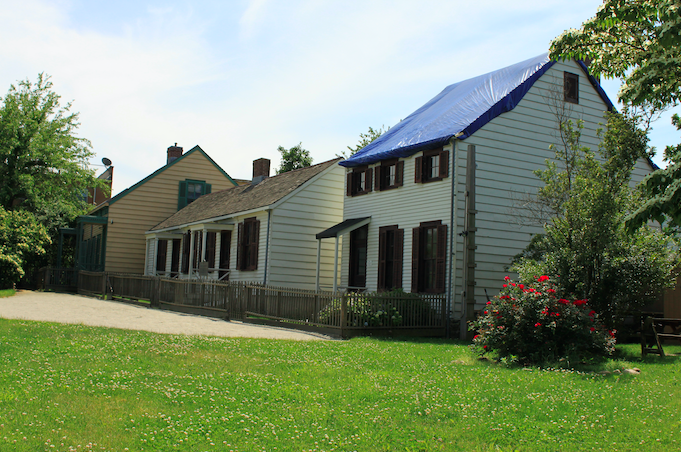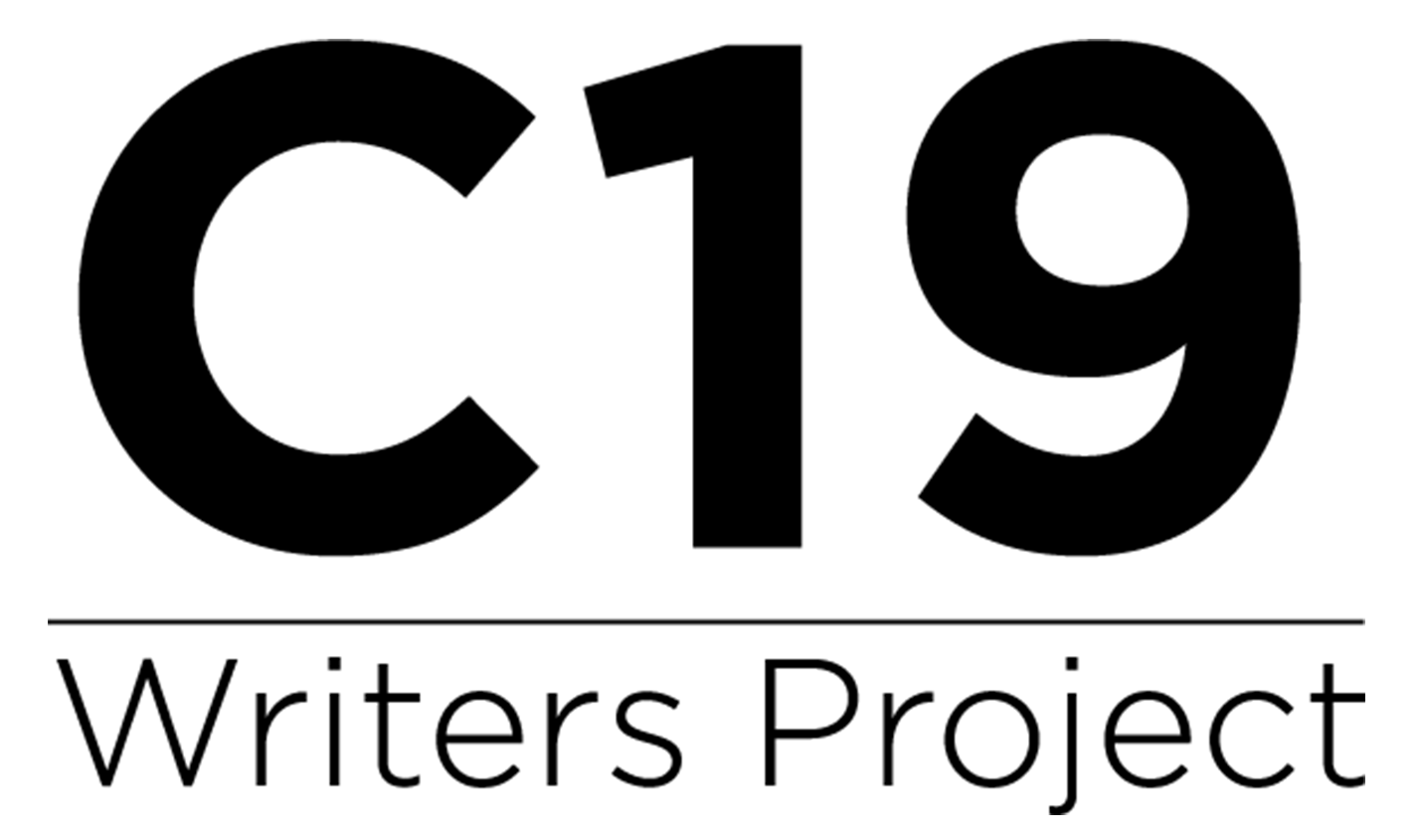
This work is supported by BK Reader, Brooklyn Community Foundation COVID-19 Response Fund, The National Geographic Society's COVID-19 Emergency Fund for Journalists, The Pulitzer Center on Crisis Reporting, and The American Medical Association.
This commentary is part of The COVID-19 Writers Project (C19WP), which captures a hyper-local view of the coronavirus pandemic, while examining the extent to which health outcomes are impacted by socio-economics, education, and race.
Initially, there was panic like in some dystopian movie: Images beamed onto our television screens of healthcare workers struggling amid the chaos inside of hospitals; workers in hazmat suits spraying down public areas with disinfectant; mobile freezers being brought in to hold the bodies of the dead; news stories of people dying alone, their loved ones only able to say goodbye via FaceTime, if at all …
All the while we wondered if the invisible enemy would get us on our weekly foray for groceries. We'd head out onto eerily quiet streets, wait in lines to enter grocery stores only to find shelves empty of toilet paper. We were trying to make sense of it all.
In NYC, we watched the governor's daily briefing, itself a distinct, comforting counterpoint of facts and calm against the fake cheerfulness of federal officials who, at best, gave us mixed signals, even as we heard reports of rising cases.
Those of us who could work from home settled into a grinding routine of Zoom calls that seemed to multiply like rabbits. Yes, it helped take our minds off what was happening in the world outside our homes. But also, there was a lot to help each other navigate through.
As an institution leader, my questions were all about the impact, ultimately, of the pandemic on my cultural center's ability to continue its work. Once we emerge, what kind of landscape would we step into? And how long would it take to get there?
Both the public and government responses revealed deep gaps in our society that, heretofore, had been kept conveniently out of sight to many–but certainly not to all.
The incredible number of people who followed official instructions to stay home and wear masks was offset by a segment of the population that took mask directives as an affront to their personal liberty. What it revealed on an individual level was a blatant disregard for the public good. It was American individualism taken to its most selfish extreme. Coupled with a distrust of institutions cultivated over decades, you have a recipe for the public health disaster we're all living through. As of this writing, cases are on the rise in 40 states.
We're told that we live in "the greatest country in the world." But this overall response–both haphazard and selfish–said otherwise. Without clear federal coordination, states had to figure out, piecemeal, how they would get ventilators and other PPE for frontline workers. And, in the midst of this once-in-a-century event, the daily stream of lies and disregard for science has made it hard for many to believe that any vaccine produced in the near-term will be safe to take.
Even when it came to financial relief, it felt like a stimulus was a fight for what was a basic level of support for those whose livelihoods were disrupted through no fault of their own. It was like the Federal government had to be forced to act. The one upside, though? It showed just what the government was capable of doing. Now, no one can tell Black folks that reparations are impossible because we've seen the Federal government pump $1.8 trillion into the economy in very short order. Where there's a will, right?
But I want to remember the good that's come out of this, however much there is. One of the things that the pandemic gave us was the gift of slowing down. Let's admit it: Pre-pandemic we were all on some version of "the grind" or "the hustle." But the pandemic–especially the daily reporting of the rising case counts and deaths–gave us time to reflect on what's really important.
Not being able to see your elderly parents for eight months does that. Knowing someone who succumbed to coronavirus does that. Moreover, as someone who was able to work from home, I couldn't help but feel a sense of humility knowing that there were essential workers who didn't have the privilege of doing their work behind the safety of a computer screen in their living rooms or home offices.
As well, mutual aid has been on the rise since the pandemic began. It's been its own kind of positive outbreak: Folks moved to organize and act for the benefit of others, because community is what reinforces our humanity.
From PPE distribution, food delivery and picking up medication for seniors, to providing babysitting for doctors working 15-hour shifts, folks came together to support each other. I believe it was a way to both be of service and to fight against the depressing daily tide of bad news. These lifelines had both individual and community impact.
Mutual aid works among established organizations, too. I am fortunate to have been part of a community of hundreds of cultural institutions from across all five NYC boroughs that have met every day since early March to share information and offer support to each other as organization leaders.
Our goal was to ensure that the entire arts and culture sector in NYC comes through this pandemic as intact and as whole as possible. We want to be able to continue supporting both artists as well as the communities that enjoy the arts and culture this City has to offer.
This effort reminded me that no individual or institution is an island. We'll need institutions of all kinds as we make our way to the other side of this pandemic.
It's reminded us all that not only are we stronger together, but that our fates are intertwined in this globally connected world like never before.
I hope that individually and collectively, we take that lesson for everything it's worth.
COVID-19 Update: The connection between local and global issues–the Pulitzer Center's long standing mantra–has, sadly, never been more evident. We are uniquely positioned to serve the journalists, news media organizations, schools, and universities we partner with by continuing to advance our core mission: enabling great journalism and education about underreported and systemic issues that resonate now–and continue to have relevance in times ahead. We believe that this is a moment for decisive action. Learn more about the steps we are taking.









